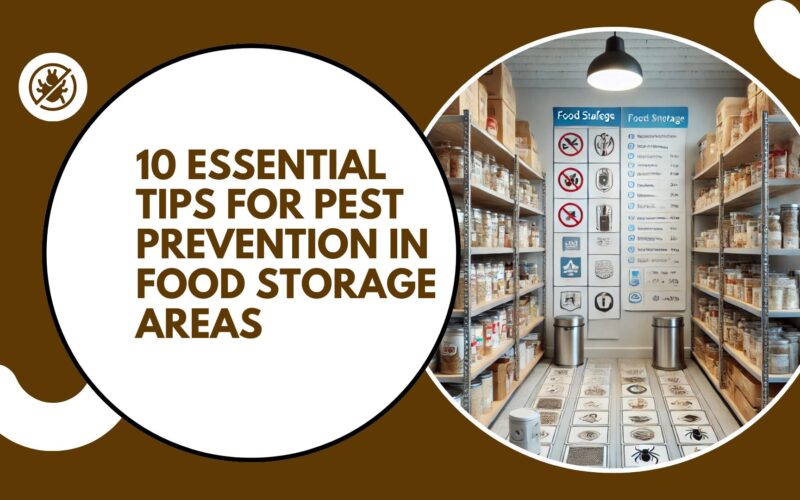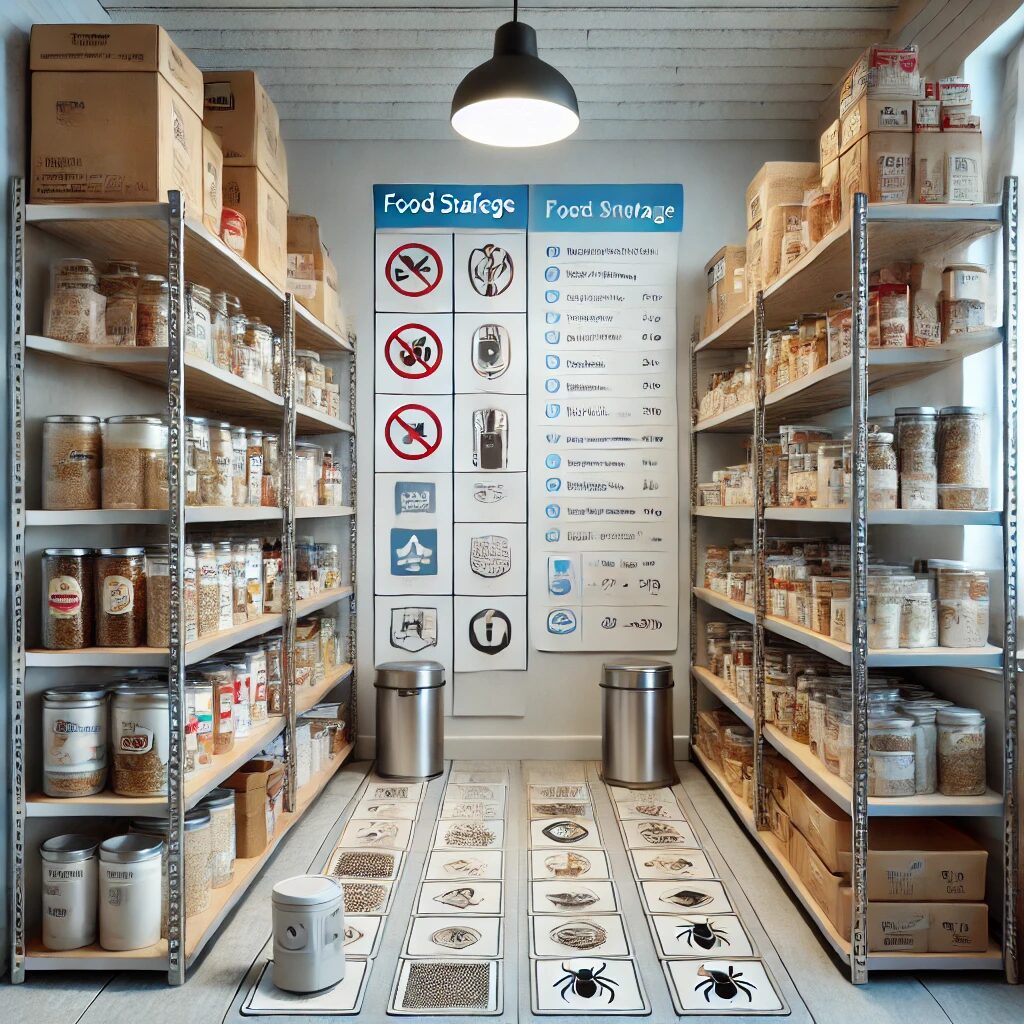
Did you know pests in food storage areas spoil up to 20% of stored food worldwide? Effective pest prevention in food storage areas is essential for food safety.
Pests in food storage areas pose a serious risk to food quality, safety, and hygiene. Keeping pests out requires consistent effort, preventive measures, and regular inspections.
This guide provides essential strategies for pest prevention in food storage areas, ensuring stored food remains safe, fresh, and pest-free. Discover effective pest prevention in food storage areas in this guide, let’s get started!
Maintain Cleanliness to Promote Pest Prevention in Food Storage Areas
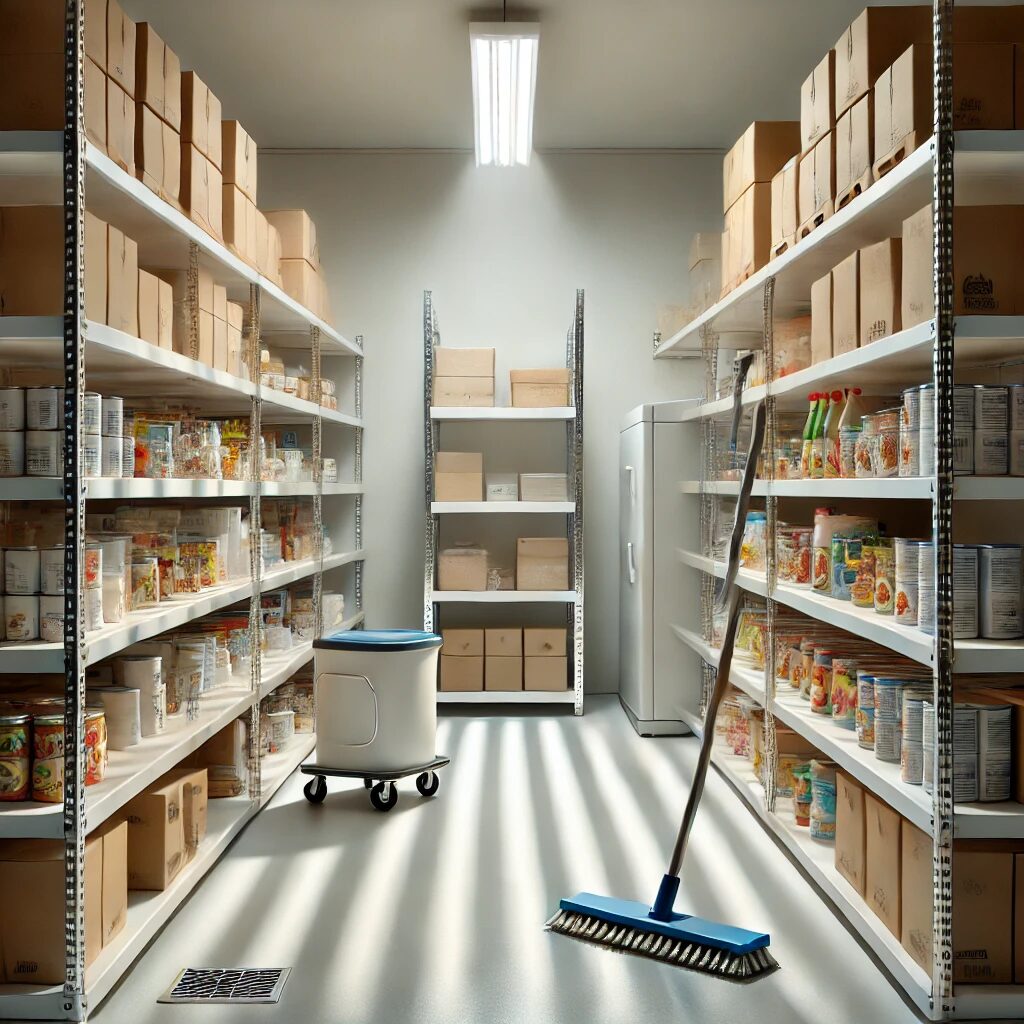
Cleanliness is the foundation of pest prevention for food storage areas. Food particles, crumbs, and spills attract pests such as rodents, cockroaches, and ants. Regular cleaning minimizes food sources that can invite these pests.
Wipe down shelves, floors, and containers regularly. Sweep and mop frequently to remove crumbs and residues. Don’t forget to clean hidden spaces, like under shelves or in cracks, where food debris can accumulate. By making cleanliness a priority, you eliminate one of the main attractants for pests.
Use Airtight Containers for All Food Items
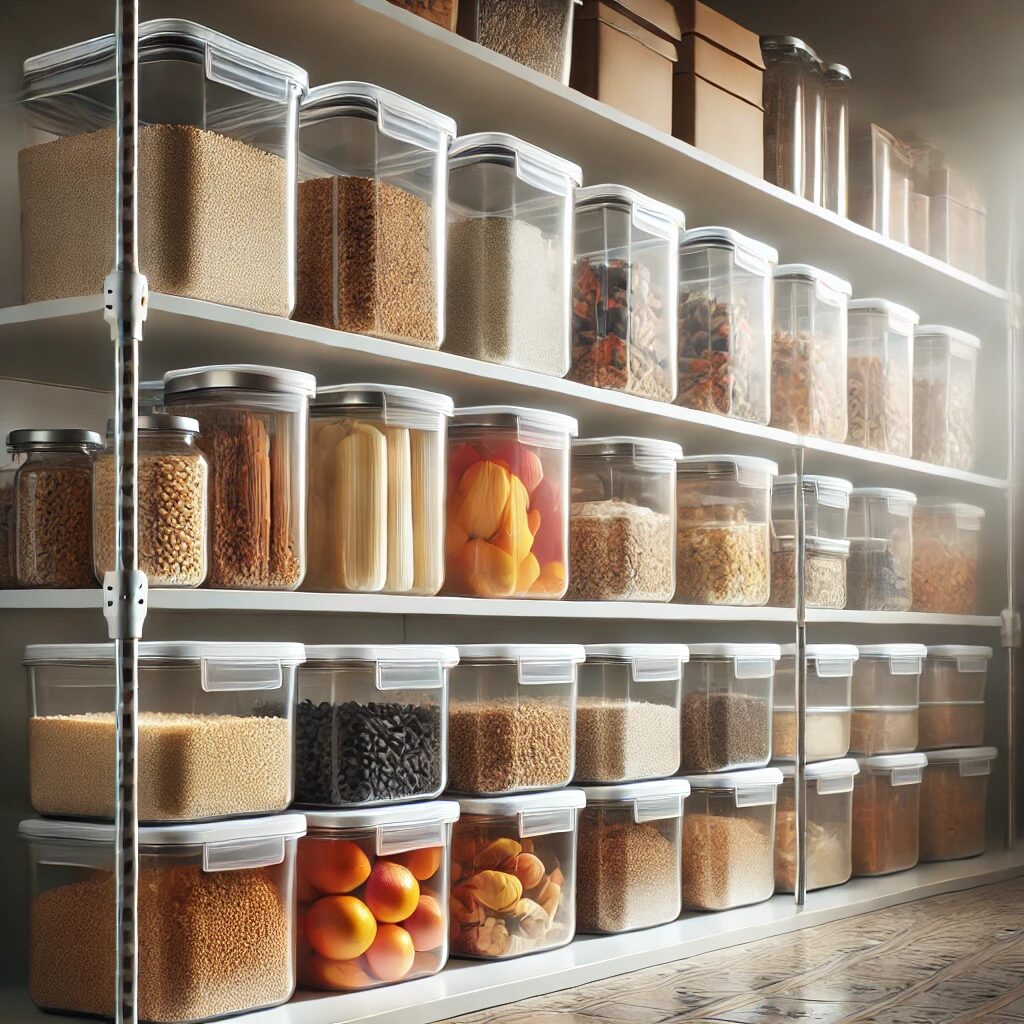
Storing food in airtight containers is a powerful method for pest prevention in food storage areas. Pests can easily infiltrate open bags and cardboard boxes, leading to contamination and waste.
Use containers with secure lids for grains, cereals, flour, sugar, and other dry goods. Glass, metal, or heavy-duty plastic containers work well to block pests. Label each container with the food name and expiration date for easy tracking. Airtight containers prevent pests from accessing food, reducing the chances of infestations.
Monitor and Rotate Stock Regularly

Food rotation and monitoring are key practices in pest prevention for food storage areas. By using older items first, you prevent expired food from sitting too long and attracting pests.
Implement the First-In, First-Out (FIFO) system to keep track of expiration dates and avoid spoilage. Regularly check items for any signs of pest activity, like holes in packaging or droppings. Removing expired or damaged items reduces the risk of contamination and helps maintain a healthy storage environment.
Seal Cracks and Entry Points
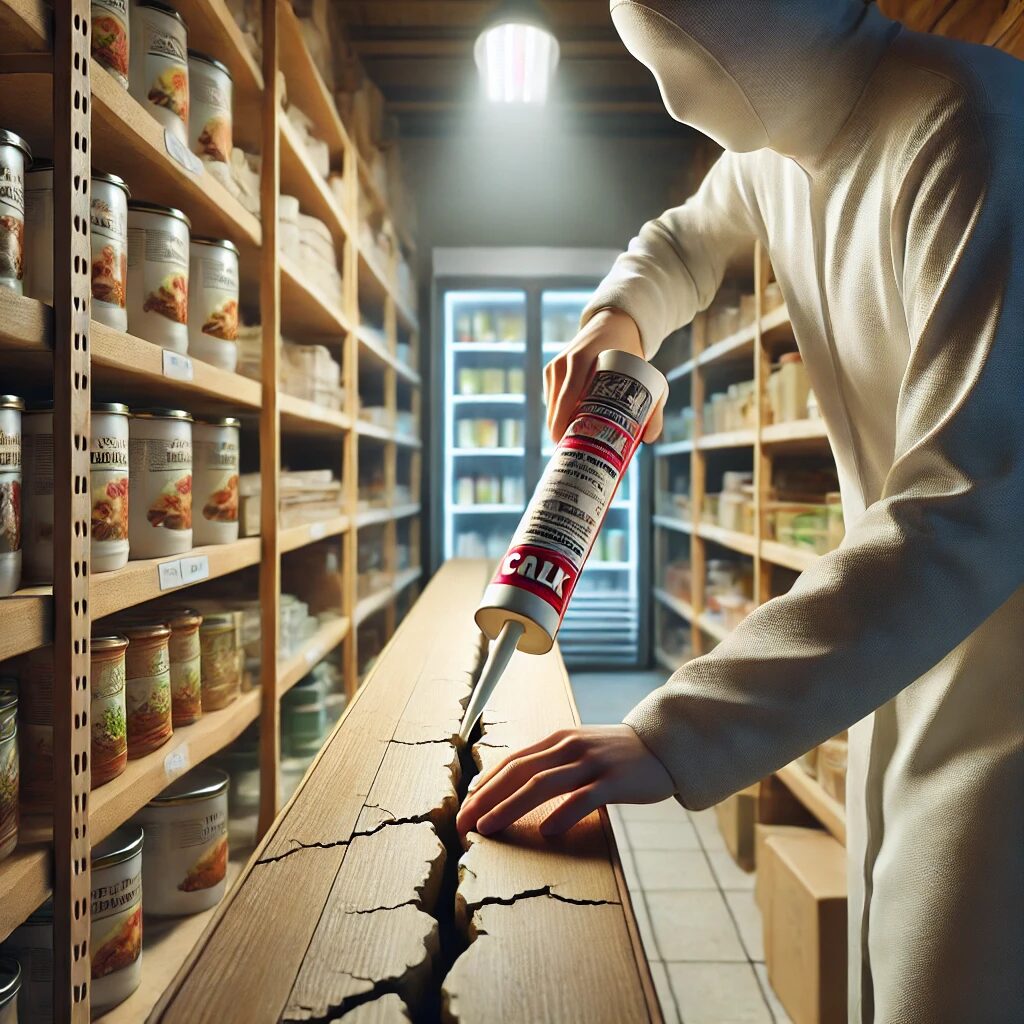
Cracks, gaps, and other openings are common entry points for pests. Sealing these access points is crucial for effective pest prevention for food storage areas.
Inspect walls, shelves, and floors for gaps or holes where pests might enter. Use caulk, weather stripping, or door sweeps to seal these areas.
Door sweeps help block entry for rodents and insects, while mesh screens can cover larger openings like vents or windows. A well-sealed storage area keeps pests out, protecting your food supply.
Control Humidity and Temperature
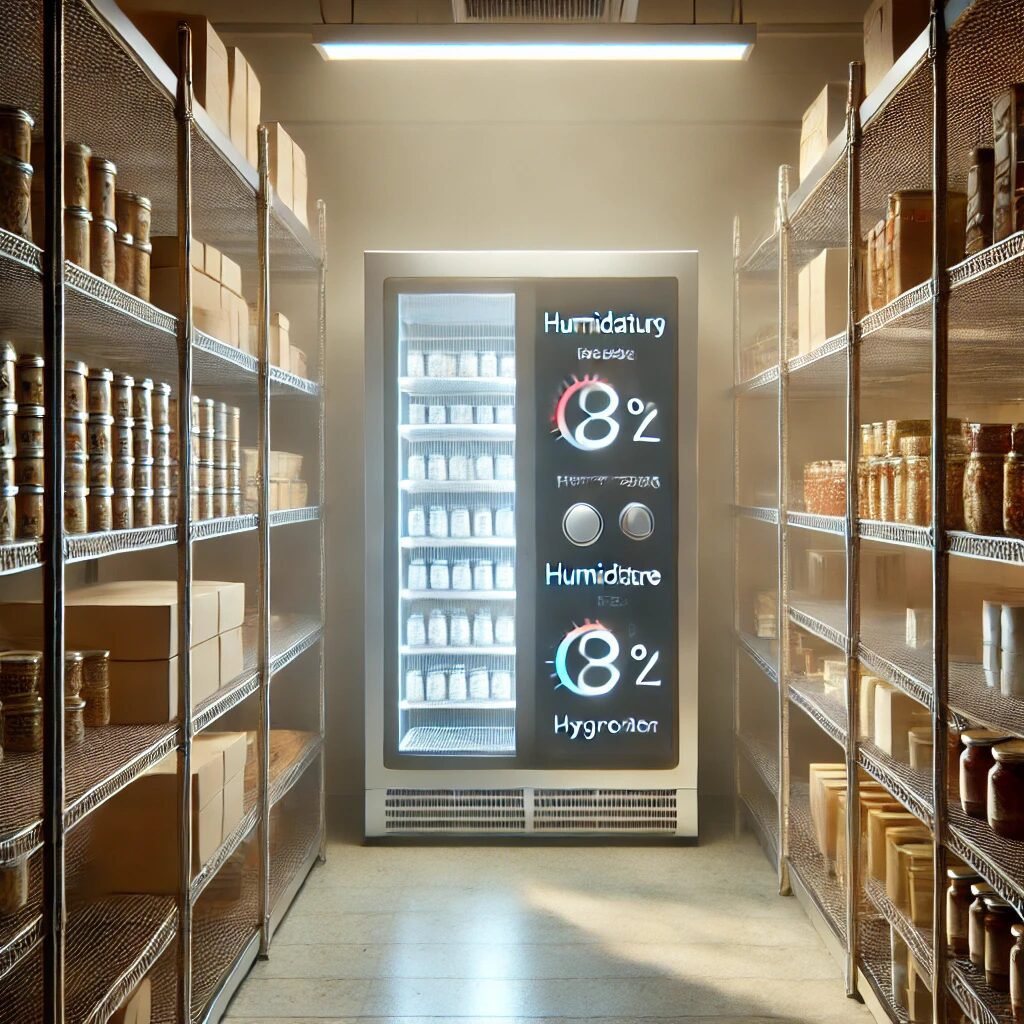
Many pests, including certain types of insects, thrive in warm and humid conditions. Managing humidity and temperature helps deter pests from settling in storage areas.
Use dehumidifiers in storage spaces to maintain low humidity levels, especially if you live in a humid climate. Keep storage areas cool, ideally under 60°F (16°C), as higher temperatures can attract pests like pantry moths.
Controlling the environment is an essential part of pest prevention in food storage areas, as it creates conditions less favorable for pests.
Inspect Food Supplies Regularly

Regular inspections of food supplies allow early detection of pest activity, helping you catch infestations before they spread. Inspecting new food items also prevents introducing pests into the storage area.
Look for signs of infestation, such as droppings, webbing, or live pests. If you purchase large quantities, consider isolating new supplies for a few days to ensure they are pest-free. Inspecting and isolating new items is a proactive approach to pest prevention for food storage areas, reducing the likelihood of contamination.
Use Natural Repellents in Storage Areas
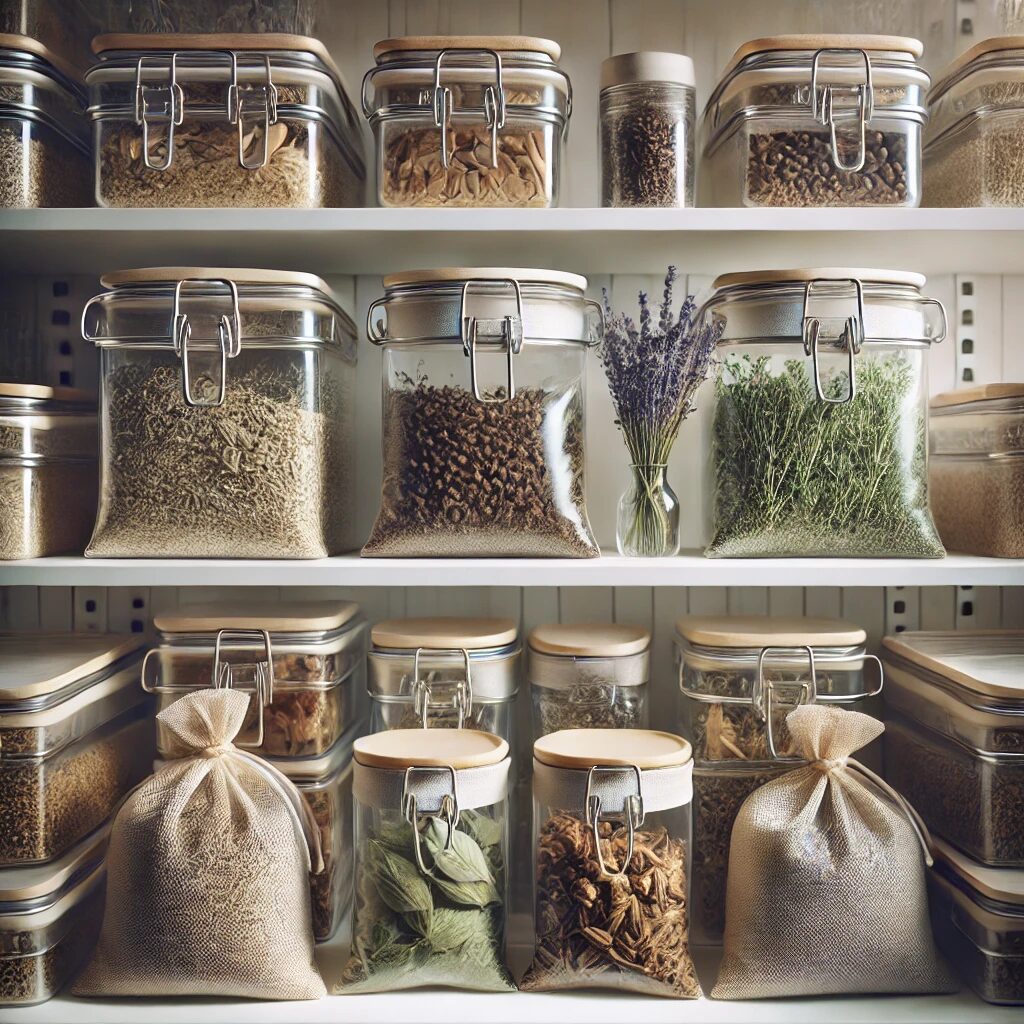
Natural repellents like bay leaves, cloves, and essential oils can deter pests from entering food storage areas. These non-toxic options provide an additional layer of protection.
Place bay leaves or cloves on pantry shelves to repel common pantry pests like ants and beetles. Spraying diluted essential oils such as peppermint, eucalyptus, or tea tree oil along entry points and on shelves can further discourage pests.
Using natural repellents is a safe, effective method for pest prevention in food storage areas, especially in spaces where chemical repellents are undesirable.
Organize Storage Areas to Avoid Clutter

Cluttered storage areas offer hiding spots for pests and make it difficult to spot early signs of infestation. Keeping storage areas organized is a practical step in pest prevention for food storage areas.
Arrange items neatly on shelves and avoid stacking too many items close together. Use clear containers for easy visibility, allowing you to quickly identify if pests are present. By keeping shelves organized and clutter-free, you make it easier to detect pests and maintain a sanitary storage area.
Install Pest Traps and Monitoring Tools
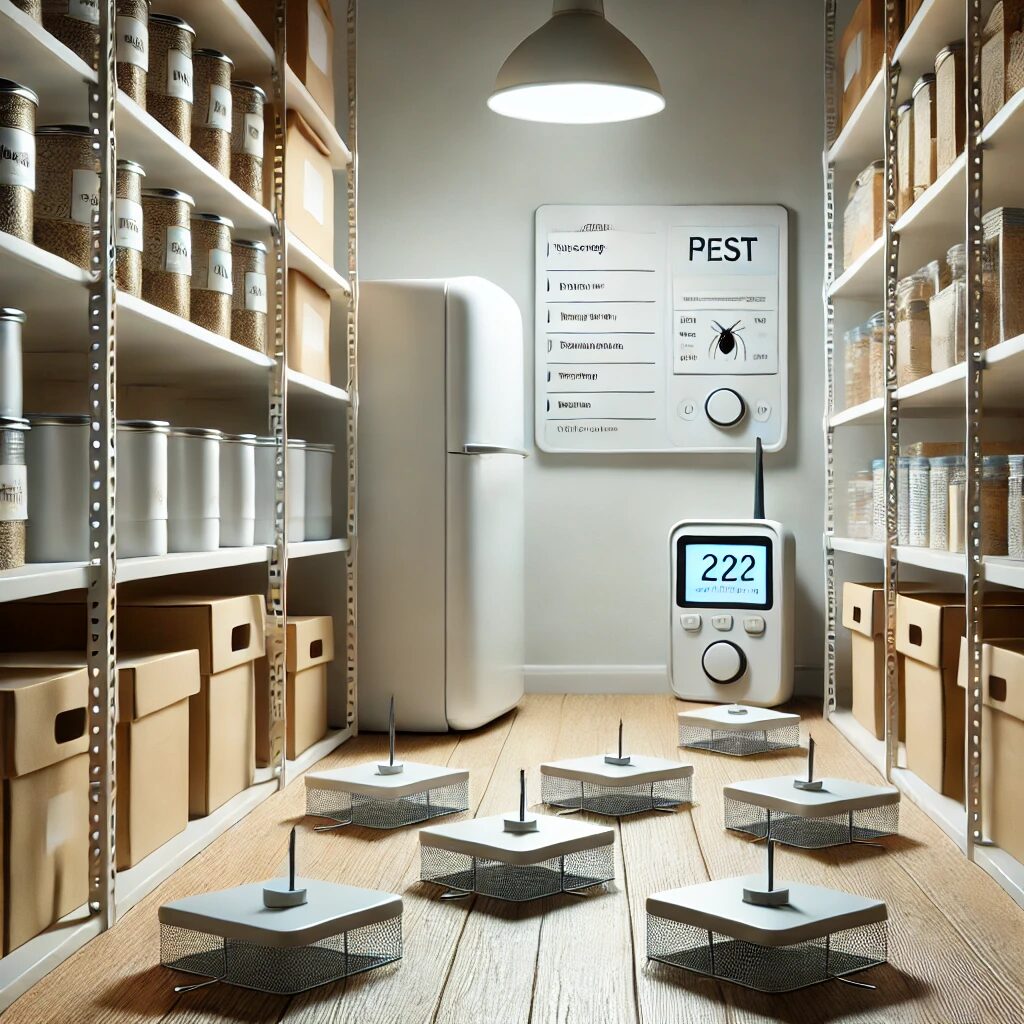
Pest traps and monitoring tools are invaluable for detecting and controlling pests early. Traps catch pests while providing insight into the level of pest activity in your storage area.
Use sticky traps for flying insects like pantry moths and pheromone traps for specific insects. Place traps in strategic locations, such as near entry points and on shelves. Checking traps regularly helps you assess whether your other pest prevention measures are working effectively.
This proactive monitoring is key in pest prevention in food storage areas, allowing you to address any issues quickly.
Educate and Enforce Proper Food Handling Practices
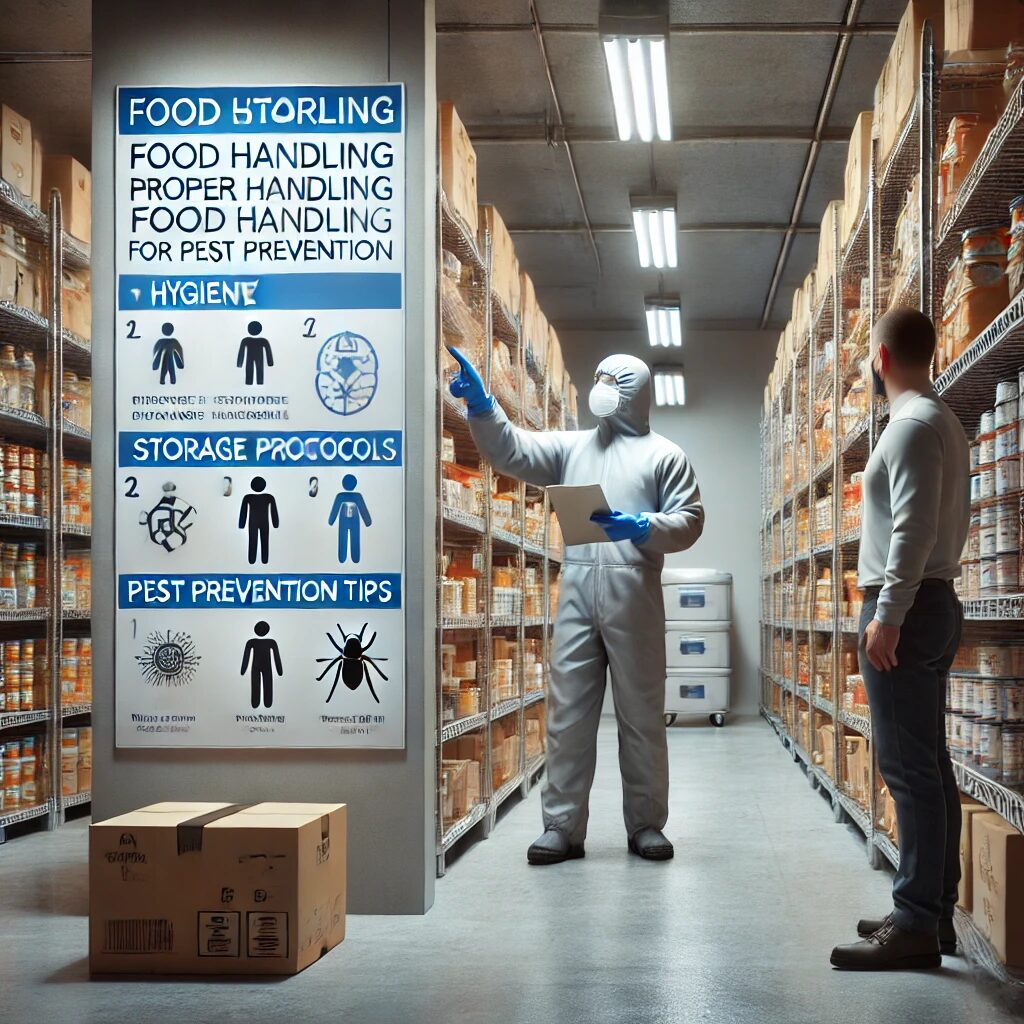
For shared or commercial food storage areas, educating all individuals on best practices is essential for effective pest prevention for food storage areas. Proper food handling and organization prevent contamination and deter pests.
Train family members, staff, or anyone using the storage area on proper food storage and handling procedures. Emphasize the importance of labeling and dating food, sealing containers, and reporting any pest sightings.
Everyone involved plays a role in maintaining a clean, pest-free environment by encouraging good practices.
Conclusion
Maintaining pest-free food storage areas relies on proactive and consistent practices. From thorough cleaning and airtight storage to strategic organization and regular inspections, each step reinforces a pest-resistant environment.
Physical barriers, and ongoing education, not only protect your food supply but also promote a healthier, safer storage space.
creating an environment that deters pests goes beyond immediate benefits, contributing to a more sustainable approach to food storage. Properly managing temperature, humidity, and cleanliness not only prevents infestations but also reduces the reliance on chemical treatments, promoting eco-friendly practices.
Embracing these preventive measures can save both time and resources, as a well-maintained storage area reduces waste and enhances food longevity. Implementing these tips as part of your routine ensures long-term pest prevention, keeping food fresh, organized, and free from contamination.
